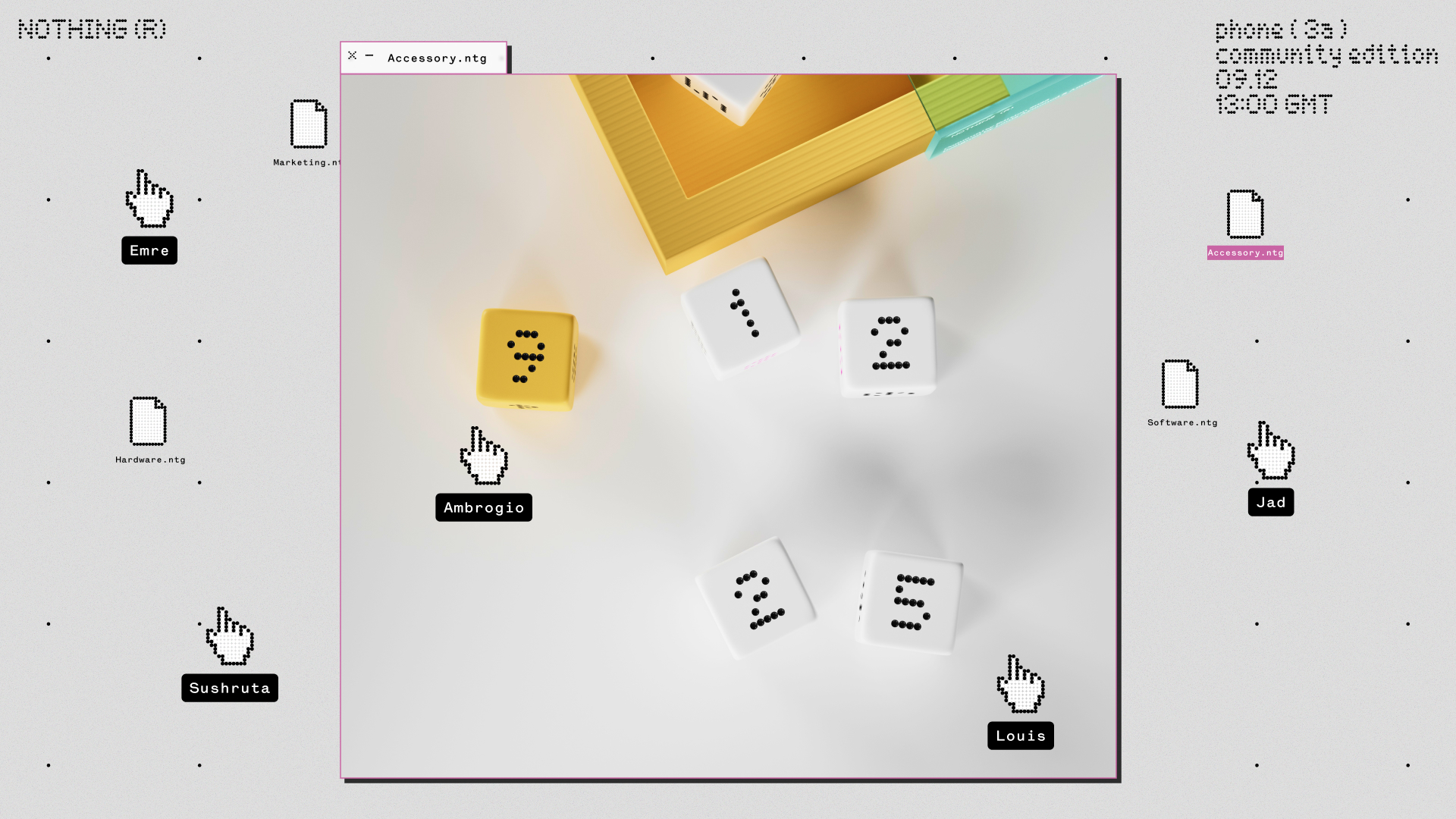Android Central Verdict
The OnePlus Pad lineup has come a long way from the original, which offered solid hardware but lackluster performance. Now, OnePlus has seemingly caught its stride, as the OnePlus Pad 3 combines a premium design with excellent software for an even better experience. That's not to say there aren't trade-offs, but they're easy to look past when you consider the price.
Pros
- +
Incredible price-to-performance
- +
AI features are there, but not in your face
- +
Bigger display means a bigger and more comfortable keyboard
- +
Very thin and lightweight, even with keyboard attached
- +
Still works with the OnePlus Stylo 2
- +
Open Canvas improvements are subtle and welcome
Cons
- -
O+ Connect only works with macOS
- -
No fingerprint scanner
- -
No microSD card slot
- -
IPS LCD instead of OLED
Why you can trust Android Central
Last year, OnePlus released one of my favorite tablets ever with the OnePlus Pad 2. It introduced several key changes over the original, culminating in one of the best Android tablets and solidifying its position as a competitor to Samsung's Galaxy Tab line.
Now, the OnePlus Pad 3 is here, offering a few differences and changes of its own, while building upon what made the Pad 2 so good.

In between figuring out ways to put retro emulators on everything, Andrew thoroughly enjoys exploring what's possible with Android tablets. He's constantly looking for new and innovative ways to utilize tablets, such as replacing his laptop or transforming tablets into smart home dashboards.
OnePlus Pad 3: Price and availability
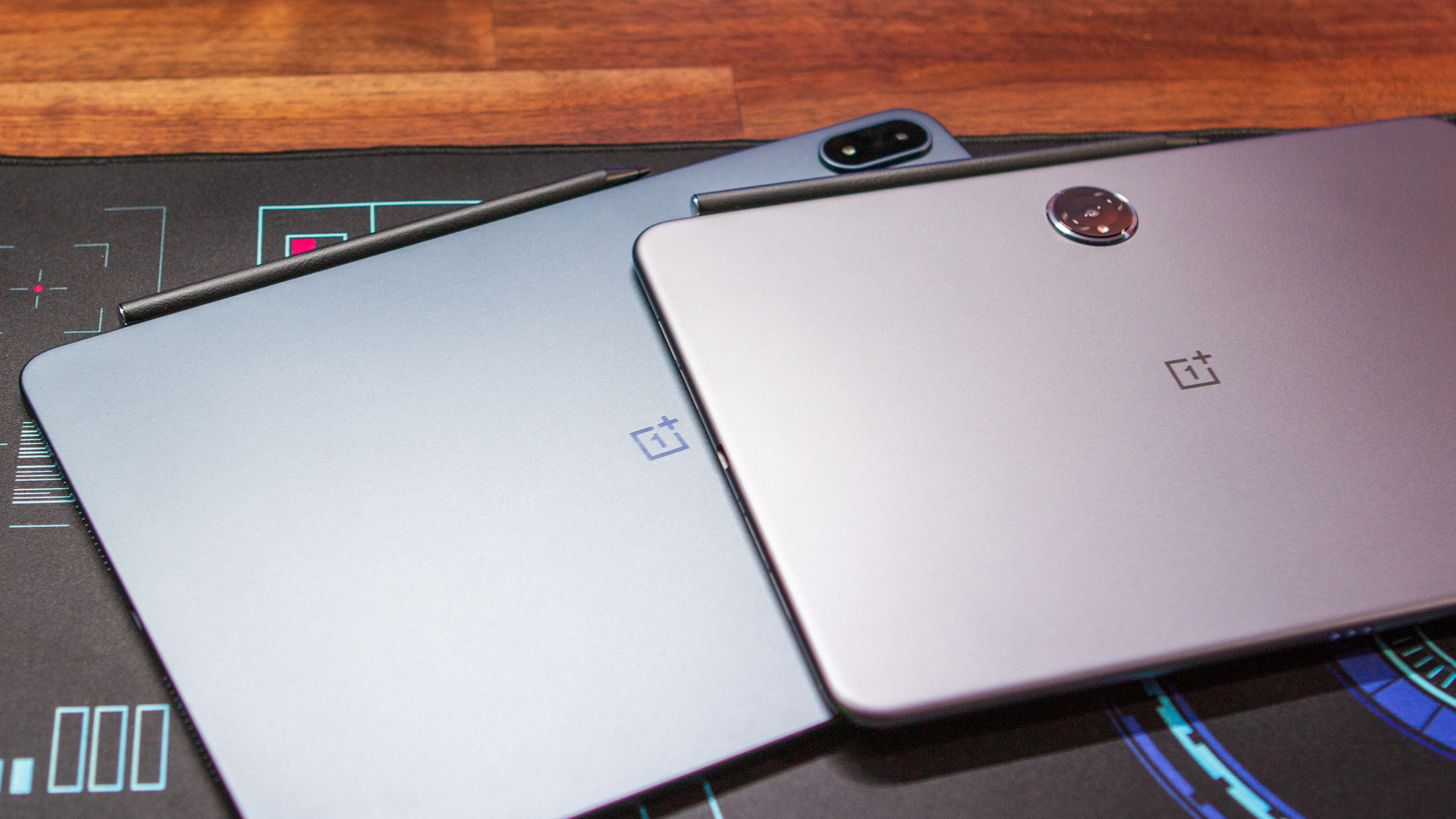
Preorders for the OnePlus Pad 3 are open from June 5 to July 8. It's only available in one configuration, which comes at a retail price of $699. The tablet is also available in one color option: Storm Blue.
Preorders for the new Smart Keyboard and Folio Case also commenced, with prices of $199 or $49, respectively. However, if you preorder by July 7, OnePlus will include two free accessories, while supplies last, and only at OnePlus.com.
OnePlus Pad 3: Design and display
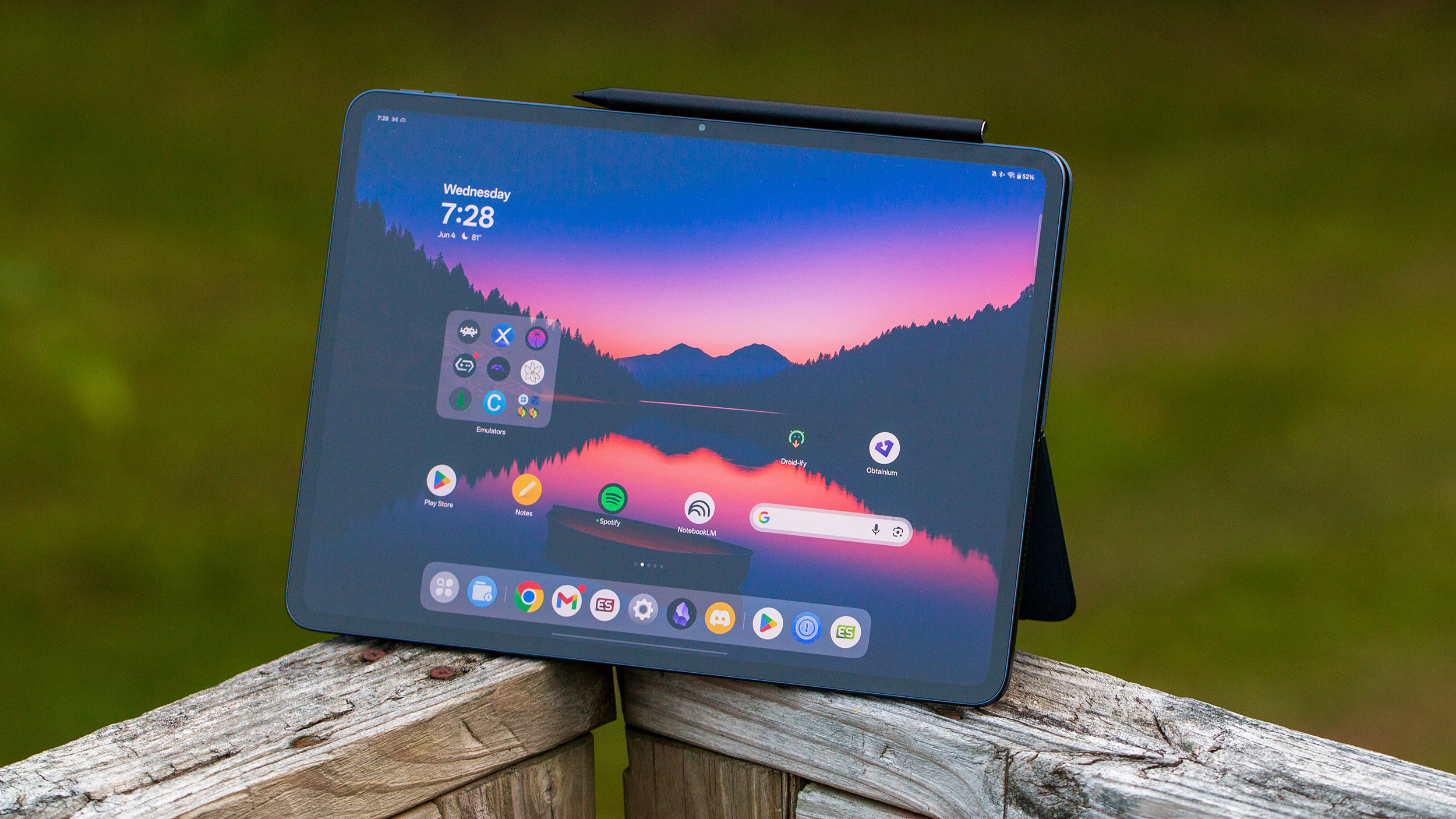
- The OnePlus Pad 3 features a 13.2-inch LCD screen with a 144Hz refresh rate, which looks fantastic.
- It also offers a premium design, matching that of other flagship tablet makers on the market.
The OnePlus Pad 3 features a larger 13.2-inch display, while retaining the 144Hz refresh rate and reaching a peak brightness of 900 nits. Surprisingly, OnePlus didn't make the switch to OLED, instead opting to rely on an IPS LCD.
While some might bemoan this decision, I welcome it. For one, it doesn't exclude the part of the market that suffers from PWM, which isn't something that can be said for other flagship tablets. Still, while I appreciate a good-looking OLED screen, I feel that LCD panels can be just as good in many situations.
Since I personally don't suffer from PWM, I'm just happy that the Pad 3 is equipped with the 144Hz refresh rate. Lower 60Hz displays just are not enjoyable to use, especially when you're using something this large.
Get the latest news from Android Central, your trusted companion in the world of Android
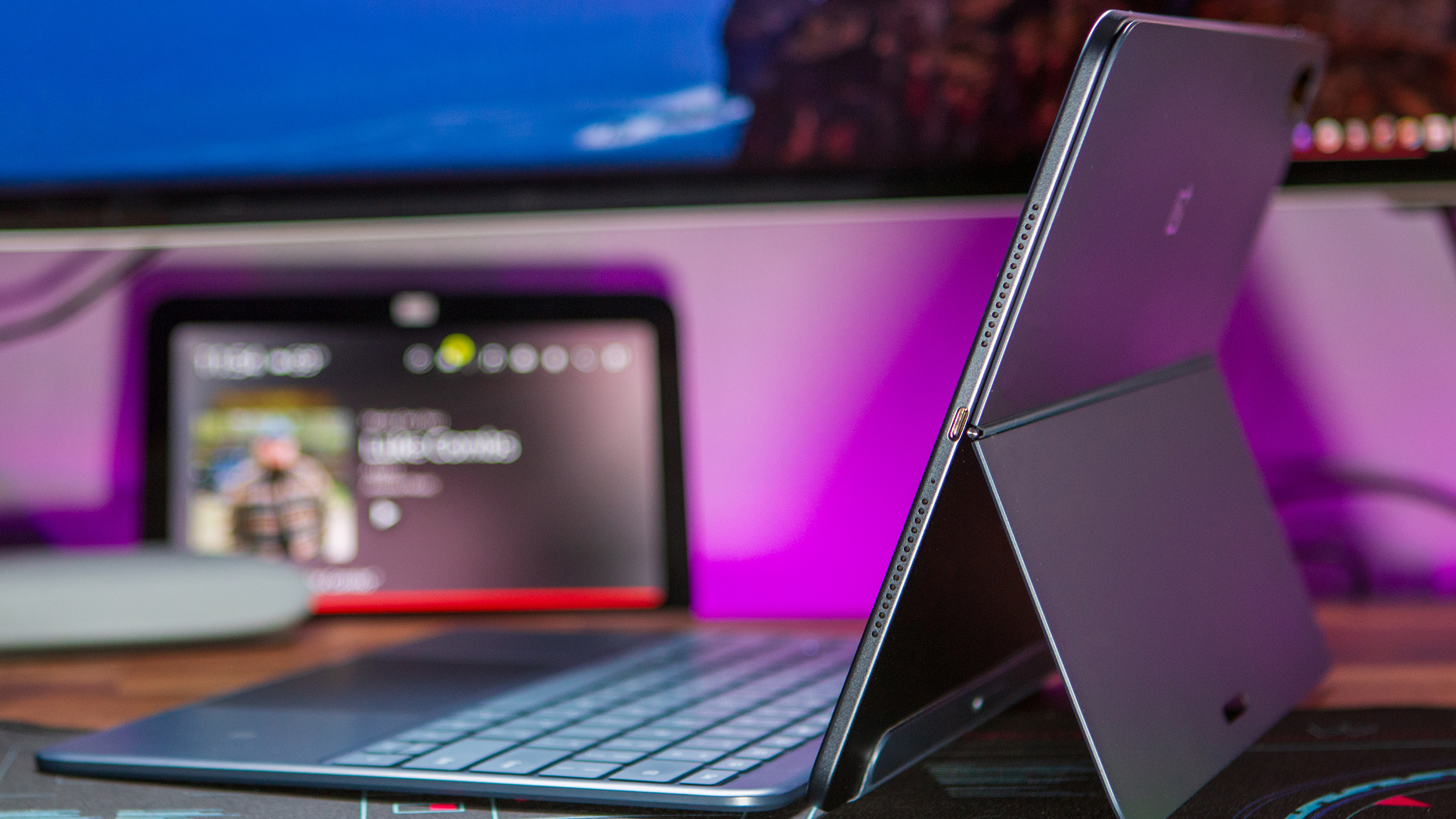
The Pad 3 again offers a few design changes besides the larger display. The camera has been moved to the top left corner, which we can only assume was to accommodate the slimmer build and larger 12,140mAh battery.
Nevertheless, the more I looked at the latest OnePlus tablet, the more I realized how much it reminded me of the iPad Pro and Galaxy Tab S10 Ultra. The curved edges are gone, and so is the notched cutout along the top, where the OnePlus Stylo 2 was housed on the Pad 2.
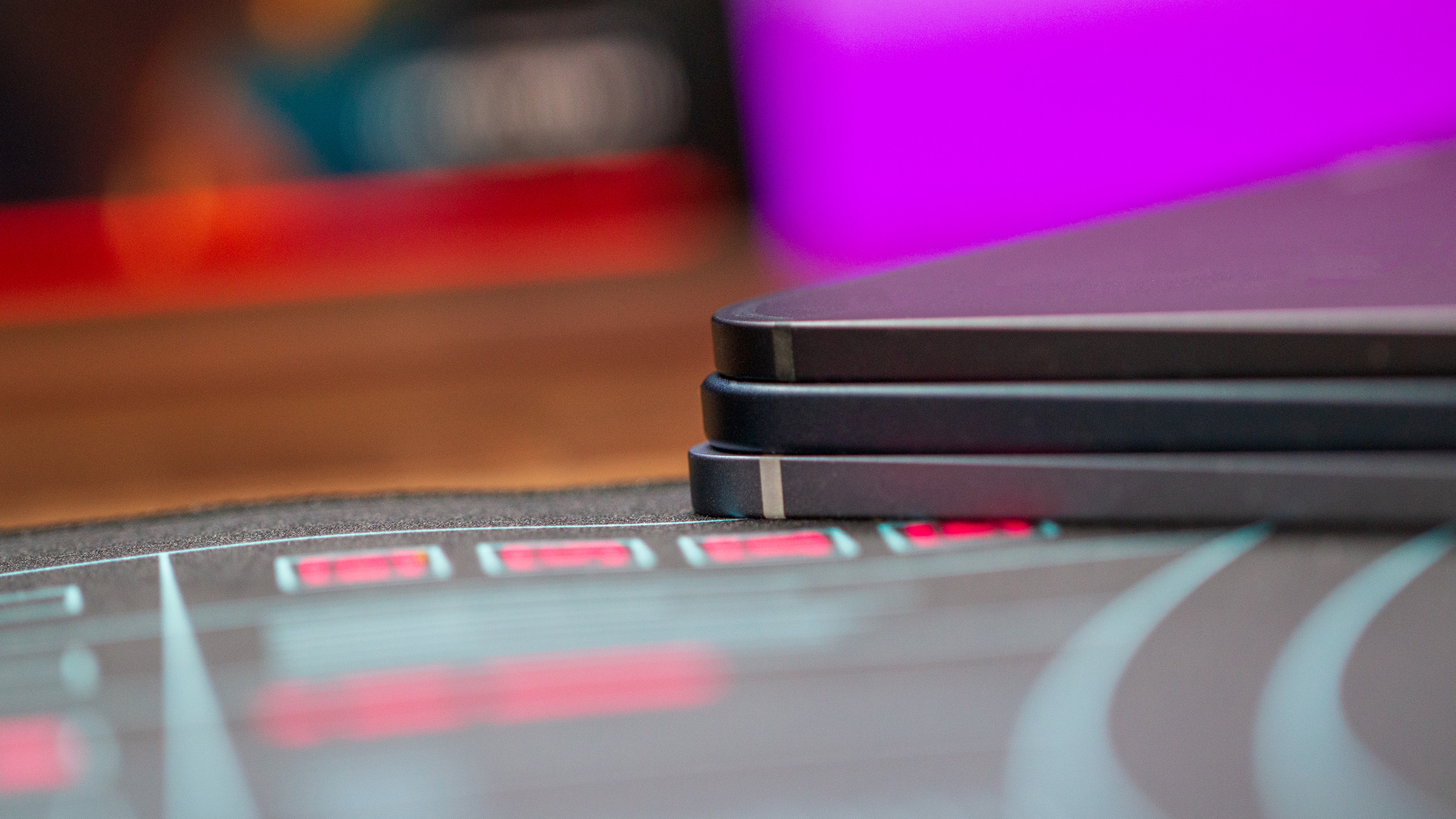
Now, we have flat edges across the board, with just enough bezel so you actually have something to hold onto, without which it's just like practically everything else out there. I understand that there's not a lot of wiggle room here, which is why I find slab phones so dull, but I would have liked to see something.
OnePlus Pad 3: Accessories
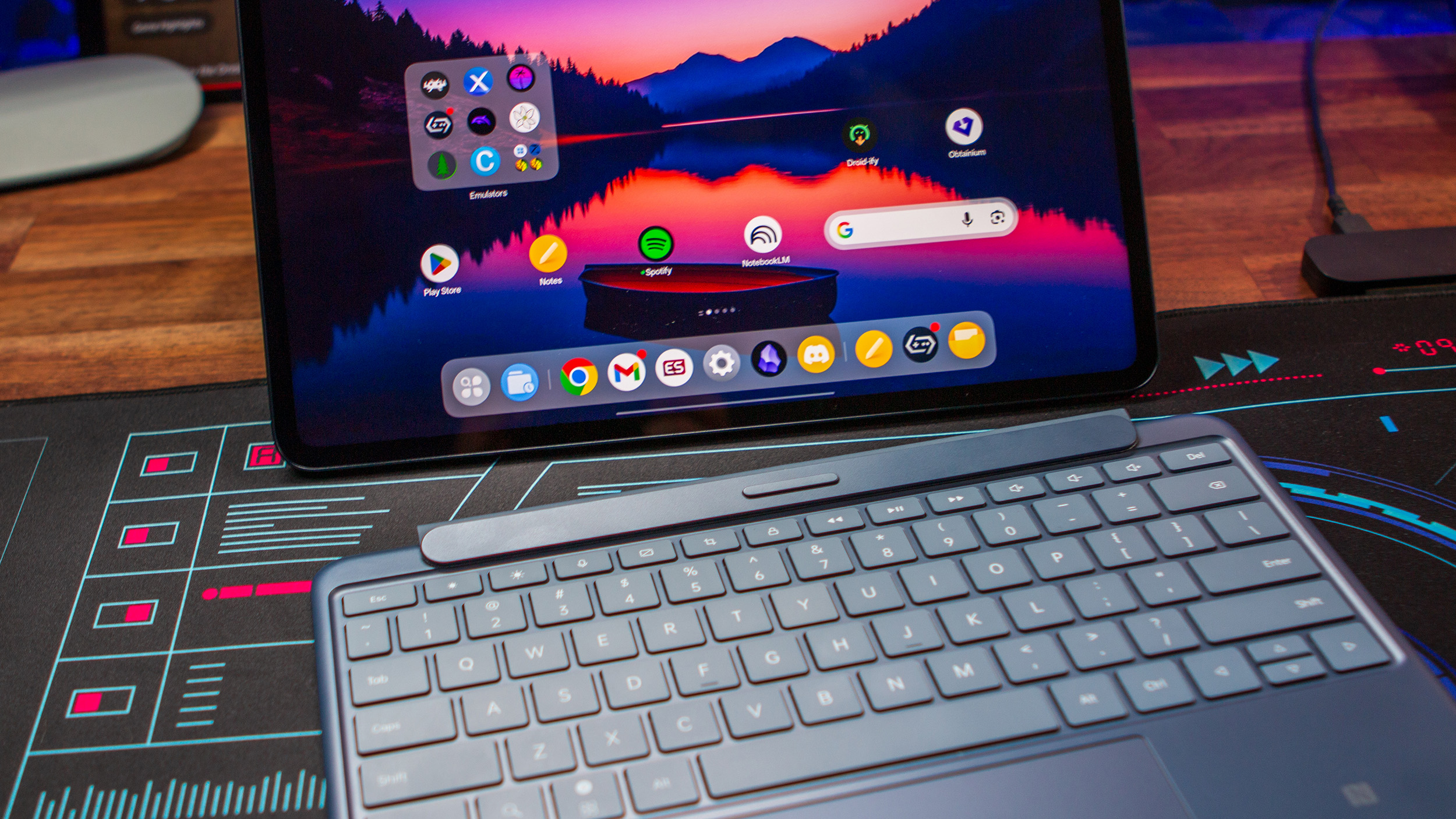
- OnePlus also introduced a larger Smart Keyboard Cover to match its latest tablet.
- The OnePlus Stylo 2 was not upgraded, but it works perfectly.
OnePlus redeems itself a bit, as the Keyboard Cover makes its return. The NFC chip built into the palm rest enables easy file transfers between your phone and tablet. While it's not something I use frequently, I'm a big proponent of flexibility, so OnePlus hits the mark here.
Typing on the keyboard feels just like every other laptop released in the past few years, and the trackpad is big enough without getting in the way. However, I'm not sure if it's a "me" thing, but I feel like moving the cursor around isn't quite as smooth or fluid as before.
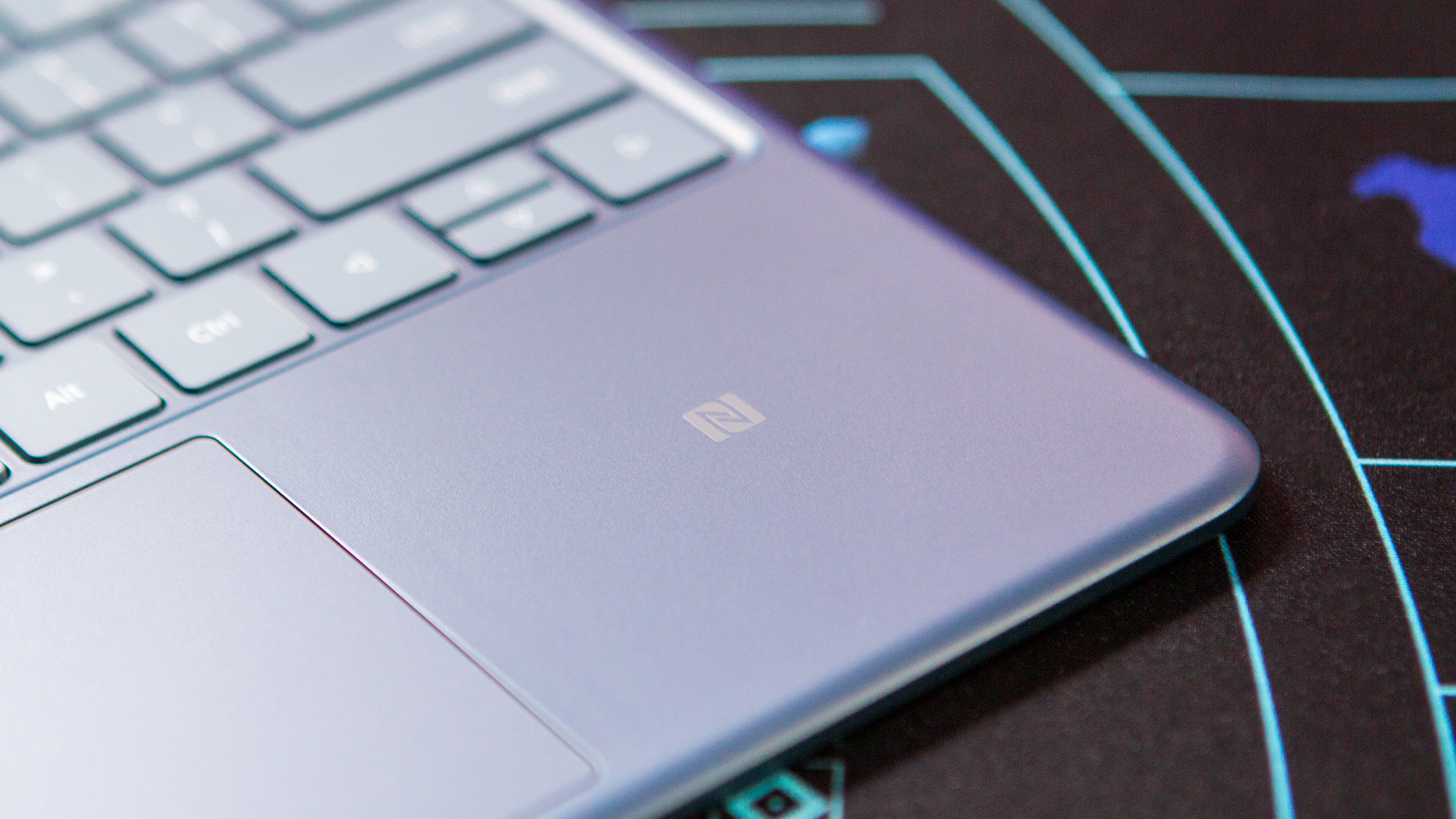
It always seems to stutter at some point, and I can't seem to get the cursor to end up where I want it to be. So instead, I'll just either tap the screen with my finger or use the Stylo 2. I hope this can be remedied with a software update, but it's definitely frustrating.
What hasn't frustrated me is that you can remove the keyboard from the Pad 3 and still use it. This is an excellent feature, and it's one of the reasons I opted for the Flex Keyboard when I purchased the Surface Pro 11. As someone who tends to move around a lot in their chair, this feature allows me to adjust the keyboard's position while keeping the screen in the same place.
OnePlus Pad 3: Performance
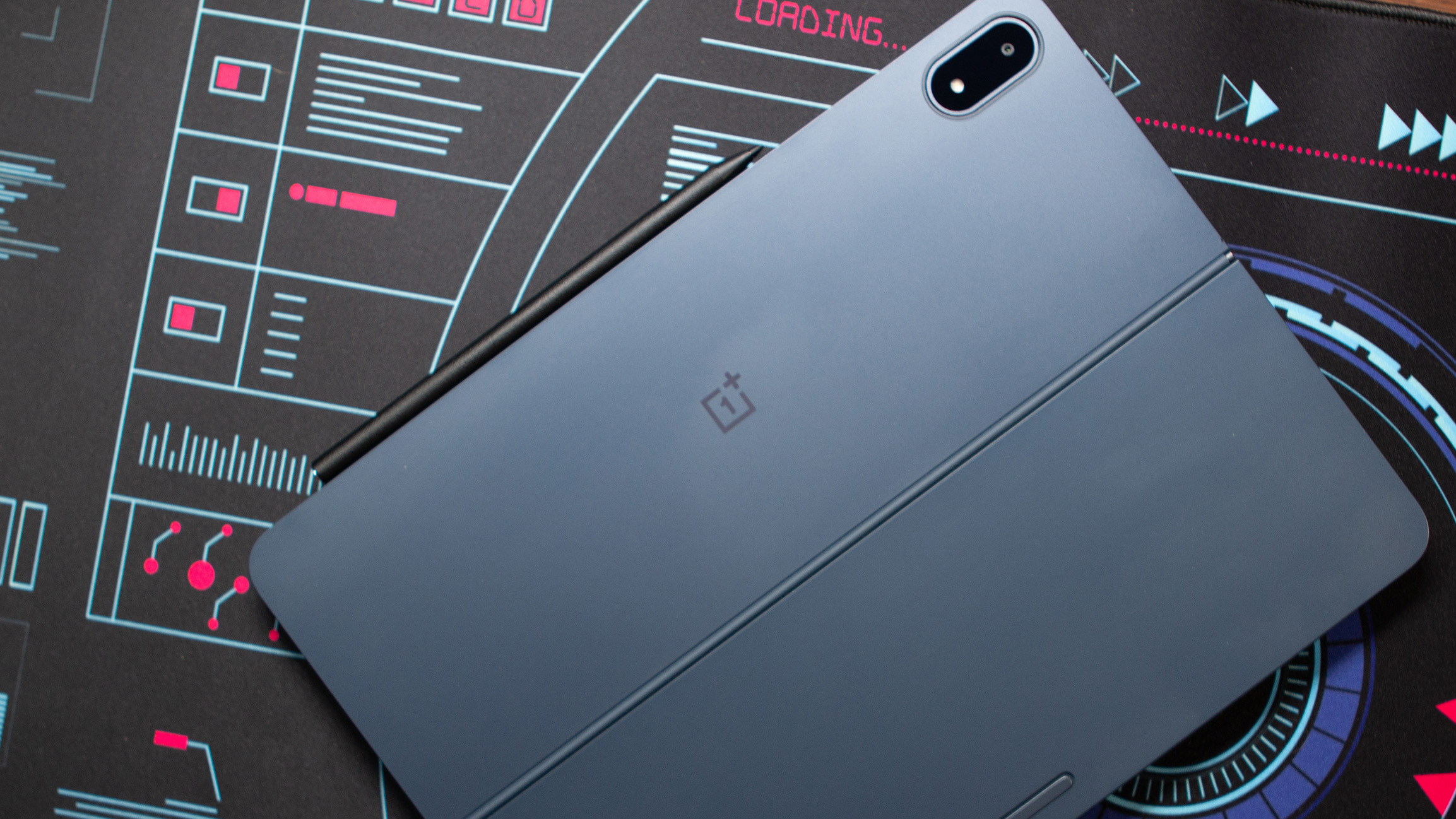
- The OnePlus Pad 3 is powered by the Snapdragon 8 Elite, paired with 12GB of RAM and 256GB of storage.
- Despite lacking expandable memory, a portable SSD works just fine with most emulators.
The biggest upgrade for the OnePlus Pad 3 comes as little surprise, as it's powered by Qualcomm's Snapdragon 8 Elite. This is the same chip found in many of the best phones of the year, so it only makes sense for it to be available in what was expected to be one of the best tablets.
Category | OnePlus Pad 3 |
|---|---|
OS | OxygenOS 15 (Android 15) |
Display | 13.2-inch LCD, 3392 x 2400, 144Hz, 600 nits standard, 900 nits peak, |
Processor | Qualcomm Snapdragon 8 Elite |
RAM | 12GB LPDDR5X |
Storage | 256GB (UFS 4.0) |
Rear Camera | 13MP, 4K @ 30fps Video Recording, EIS, Digital Zoom |
Selfie Camera | 8MP |
Audio | 8 Speakers (4 Woofers + 4 Tweeters), 2 Microphones |
Battery | 12,140mAh, Up to 80W charging |
Biometrics | Face Unlock |
Connectivity | Wi-Fi 7, Bluetooth 5.4, Bluetooth Low Energy (BLE) |
Dimensions | 289.61 x 209.66 x 5.97mm |
Weight | 675 grams |
Colors | Storm Blue |
The chip is paired with up to 16GB of RAM and 512GB of storage, providing you with ample room for all your activities. Sadly, there's no microSD card, but it's actually been less of a problem than I anticipated.
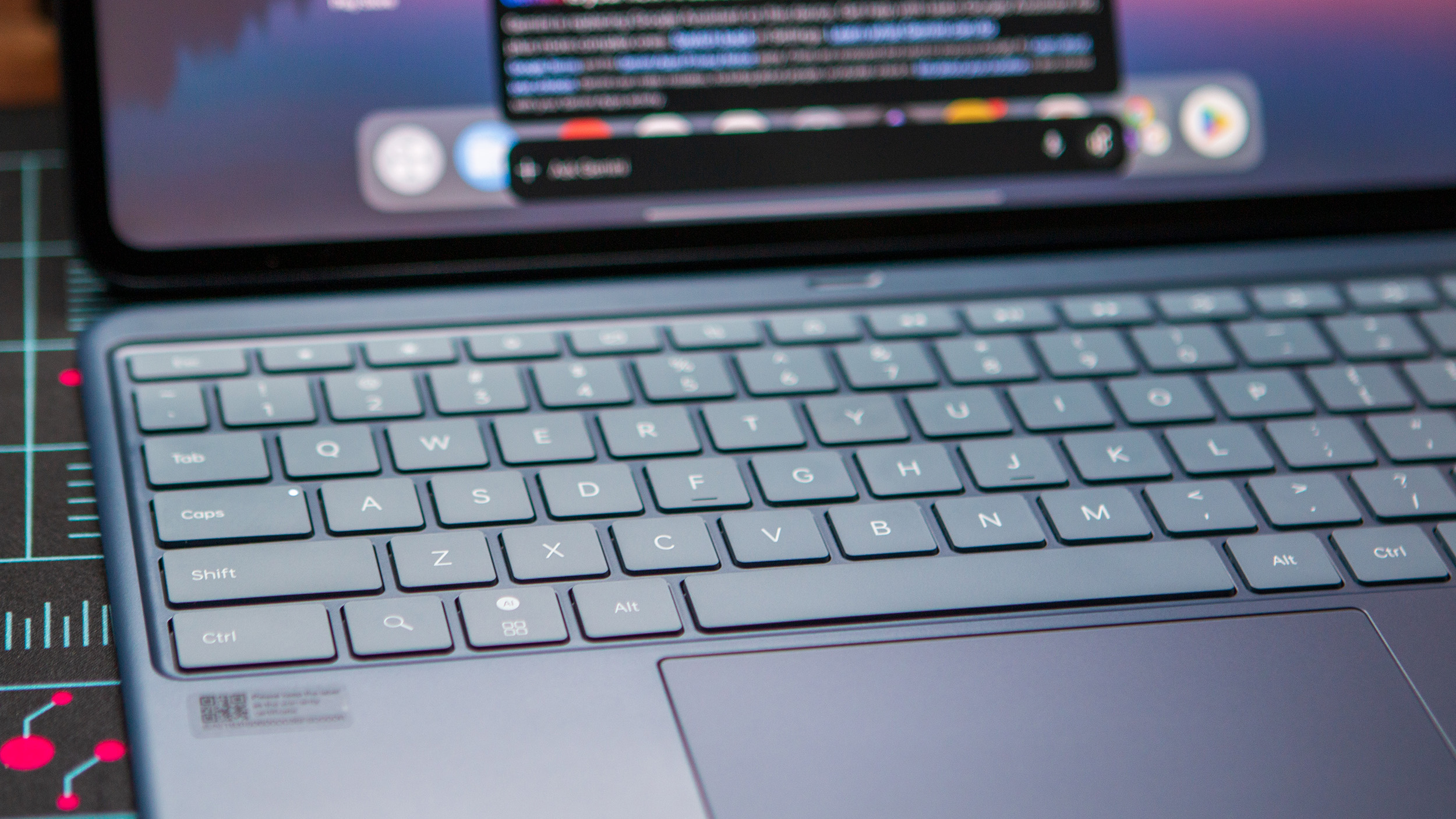
I've lamented about how it sucks that phone and tablet makers still won't include microSD card slots. While 512GB of storage might sound like a lot to some, after I download apps, emulators, games, and ROMs, that space is quickly filled.
As a result, I've resorted to keeping the majority of my gaming and emulation library on an external SSD. And thankfully, I don't actually have to transfer some games to the Pad 3, as I can play them from the external drive. This isn't the case across the board, but I've yet to run into any issues when using something like GameSir's GameHub for Windows emulation.
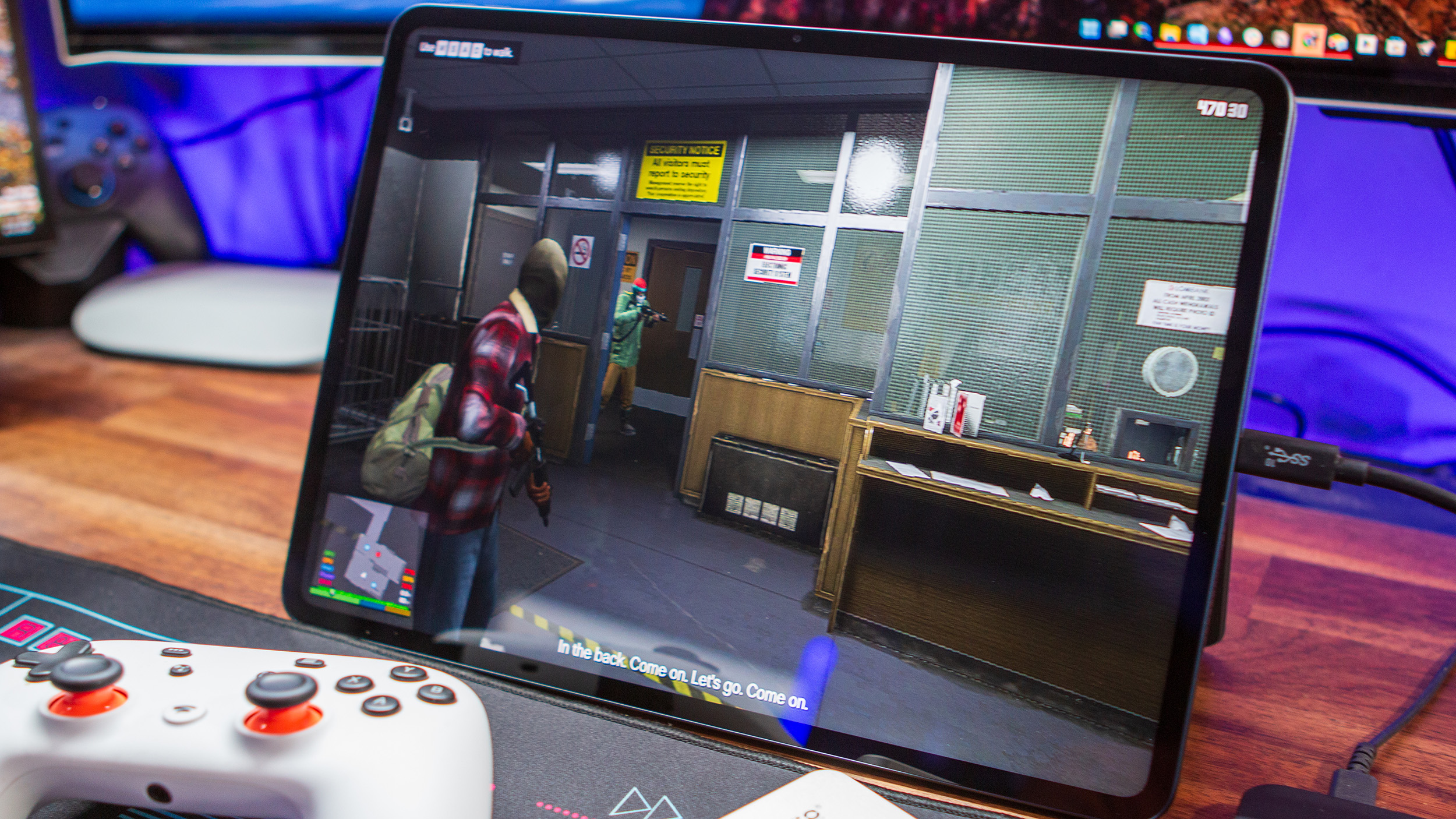
Speaking of which, it still amazes me that Android devices are capable of playing games like GTA: V using GameHub, and it's been a blast doing so when I can manage to find the time.
Back when Winlator rose to prominence in the emulation scene, you could really only play lighter games. Even something like Hades 2 was a bit too much, mostly because of how fast you're moving around during each level. However, I played a few rounds recently, just for science, and noticed that the FPS only dipped below 100 once or twice.
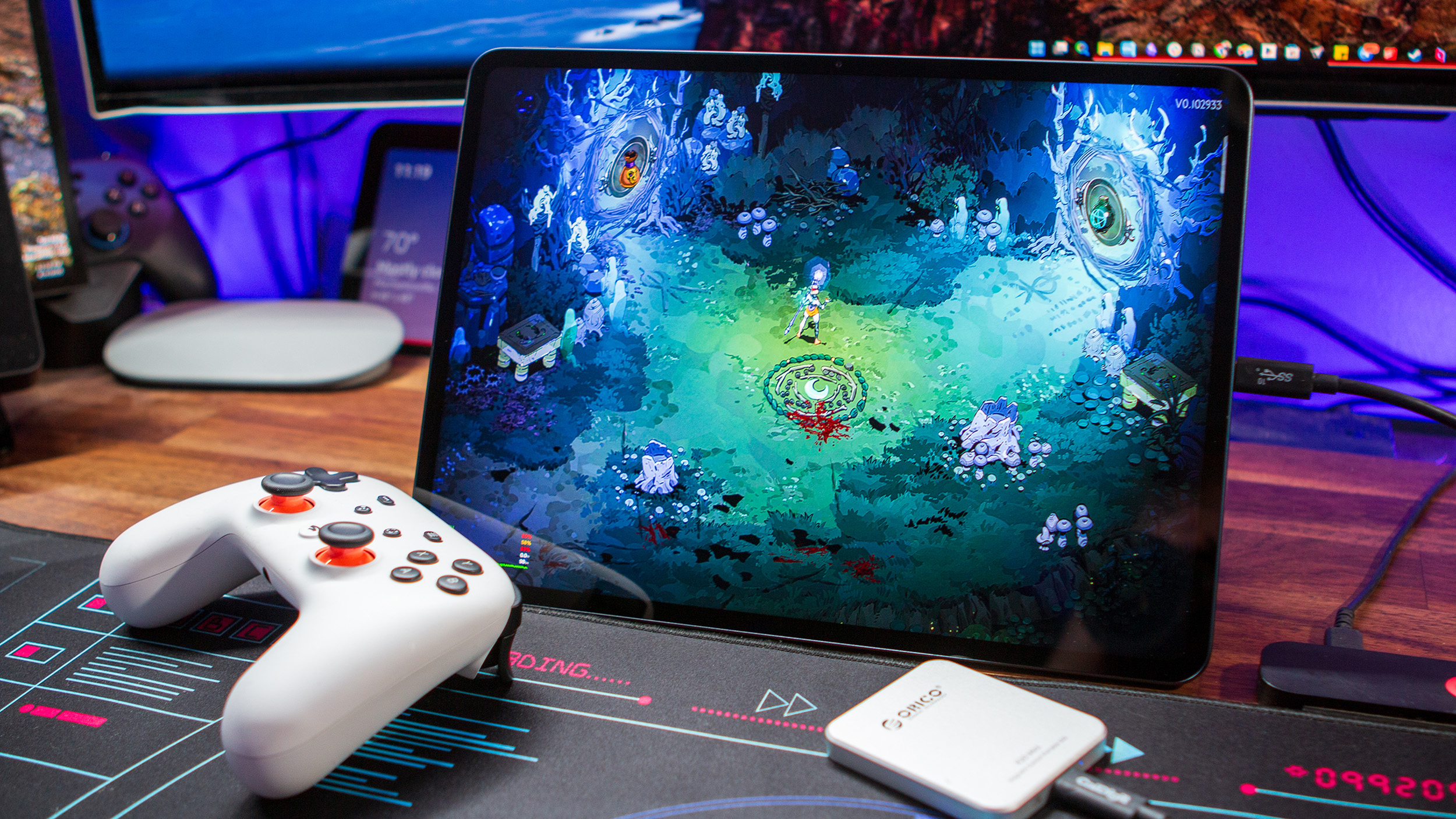
The first time was right after I started the game, and the other was when I met Zeus at the end of a different round. Other than that, the Pad 3 handled everything else like a champ, and did so beautifully. My only hope is that driver development continues, as it's still an absolute pain to get any Switch games running without tinkering with every setting possible.
You get it; the Snapdragon 8 Elite is still a beast, just like we expected.
OnePlus Pad 3: Software and AI
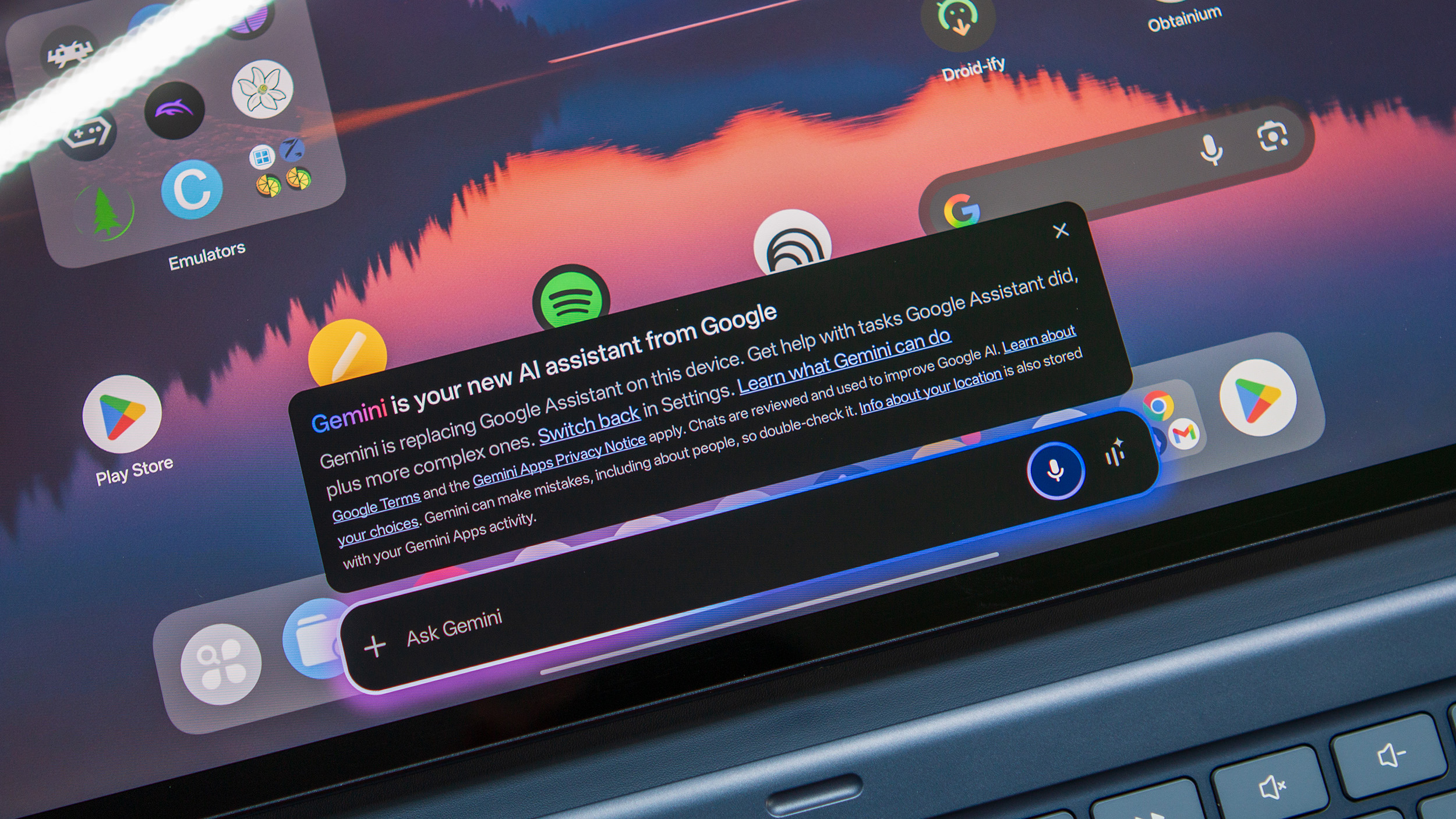
- OnePlus didn't add a multitude of AI features, instead focusing on enhancing aspects like Open Canvas.
- Those who want Desktop Mode will have to wait a bit longer, as OnePlus is waiting for Google's implementation with Android 16.
Can you believe I've made it this far without saying "AI" once? Yeah, me neither. That's because there isn't much to talk about. The keyboard still features a dedicated AI key, which provides quick access to Gemini on the fly.
Honestly, it's been quite refreshing not to have AI thrown in my face every time I open an app for the first time. That happens occasionally, but the reality is that there are just not many dedicated or unique AI features. This is not a bad thing, by any stretch, it's just different from what we've become accustomed to over the past few years.
Besides the AI key, Circle to Search is also here, which I've found myself using more and more on my phones. Just tap and hold the multitasking bar, and the pretty Gemini overlay will take over your screen. I was hoping to be able to move the cursor, then press and hold to invoke Circle to Search, but that doesn't seem to be possible.
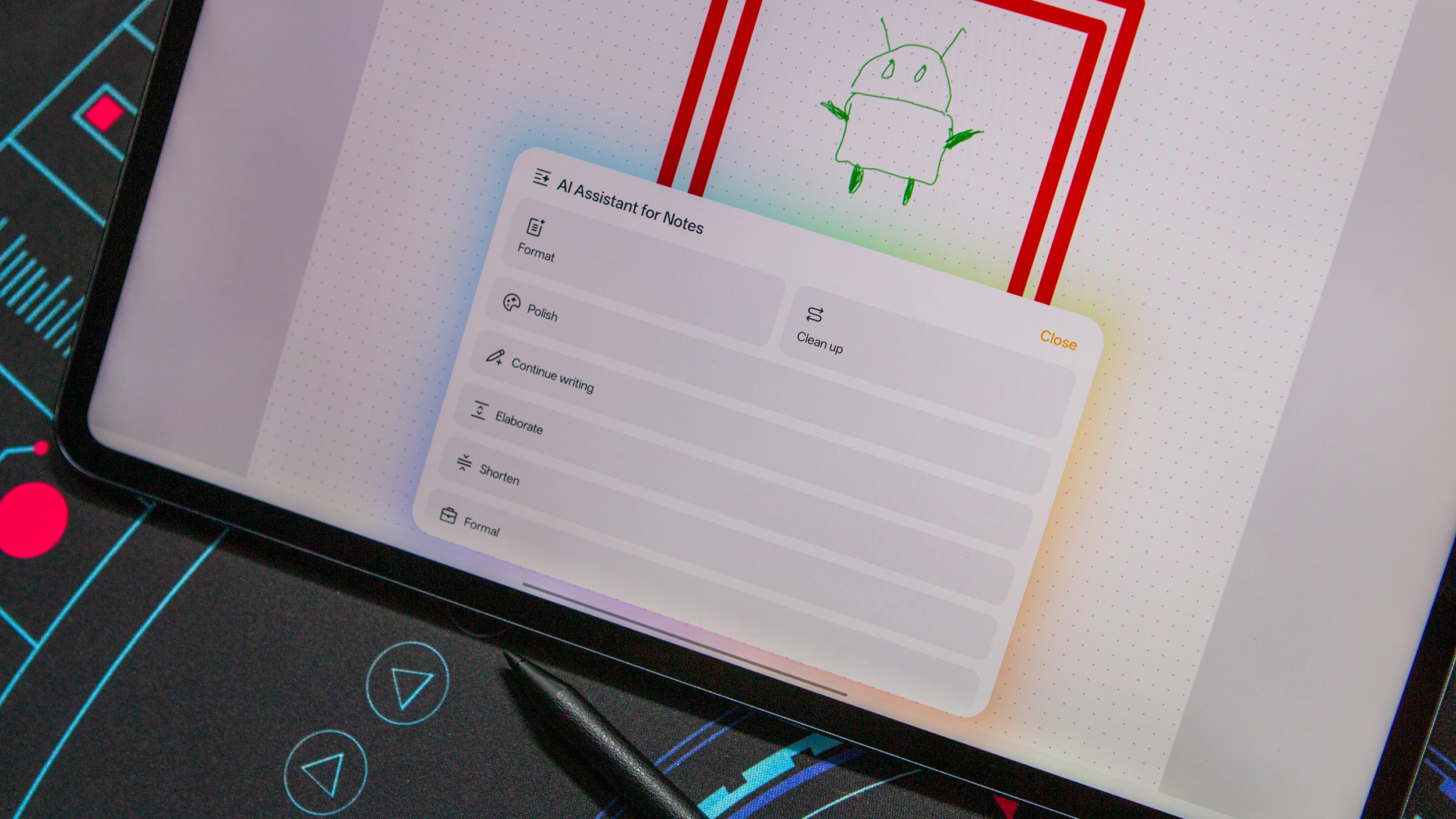
Another area where you'll find AI is in the Notes app, as there's a dedicated button in the bottom toolbar. Tap this, and an "AI Assistant for Notes" menu appears, offering various options, such as Continue Writing, Format, and Polish.
What you won't find, at least not yet, are features like AI Plus Mind, which arrived in late May for the OnePlus 13 series. To be fair, the OnePlus Pad 3 doesn't have a dedicated hardware button, but I was still surprised that it didn't offer more features.
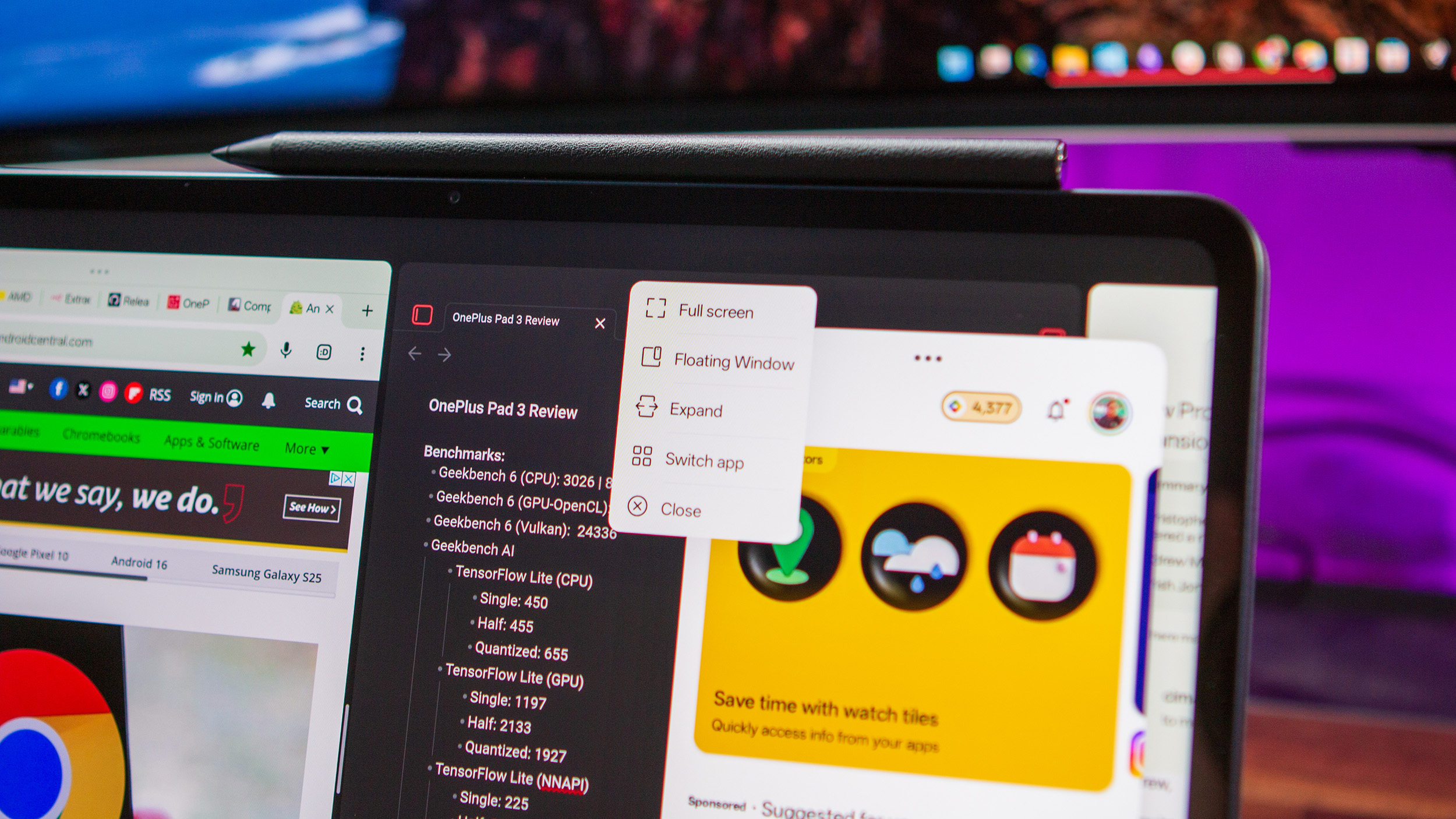
Instead, the company focused more on figuring out how its tablet can improve productivity. It starts with improvements to Open Canvas, OnePlus' multitasking feature that initially debuted with the OnePlus Open.
There aren't many new additions, per se, but the company claims that the tablet will be able to suggest using split screen if it recognizes that you're jumping back and forth. Plus, if you don't mind the idea of floating apps, you can technically get up to four apps on the screen at once.
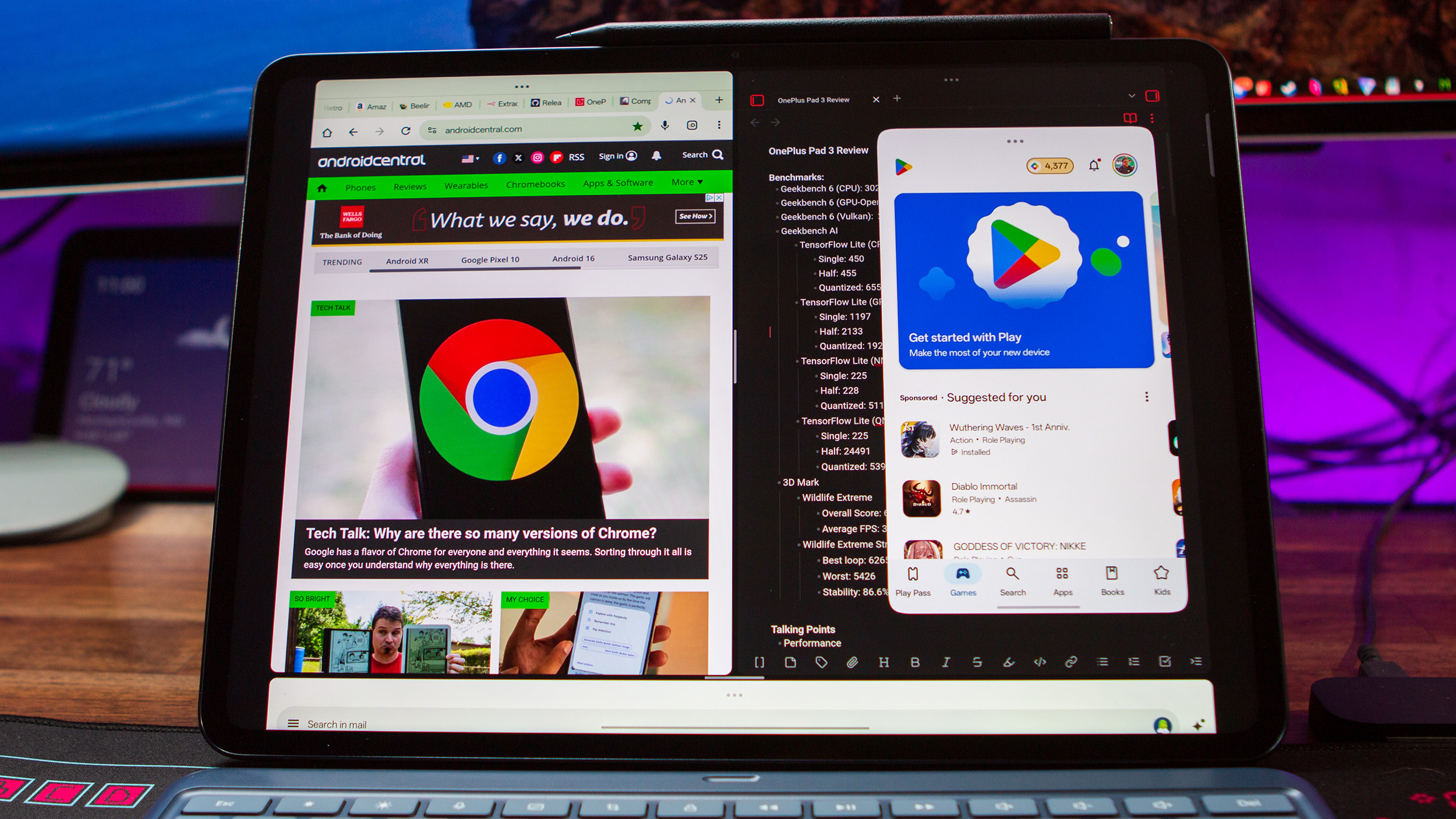
I've always understood the benefits of Open Canvas, but I still struggle to make my brain work the way it needs to. I'd much prefer having windowed apps, but again, that's just the "desktop-style-first" mindset that I have.
Which leads me to Desktop Mode. Unfortunately, there isn't one here. Instead of trying to reinvent the wheel again, OnePlus will sit on the sidelines and wait for Google's implementation to arrive.
This actually makes a lot of sense given that Google tapped Samsung to help develop the forthcoming Desktop Mode. Now we just have to wait and hope that Desktop Mode doesn't get pushed into Android 17.
OnePlus Pad 3: Frustrations
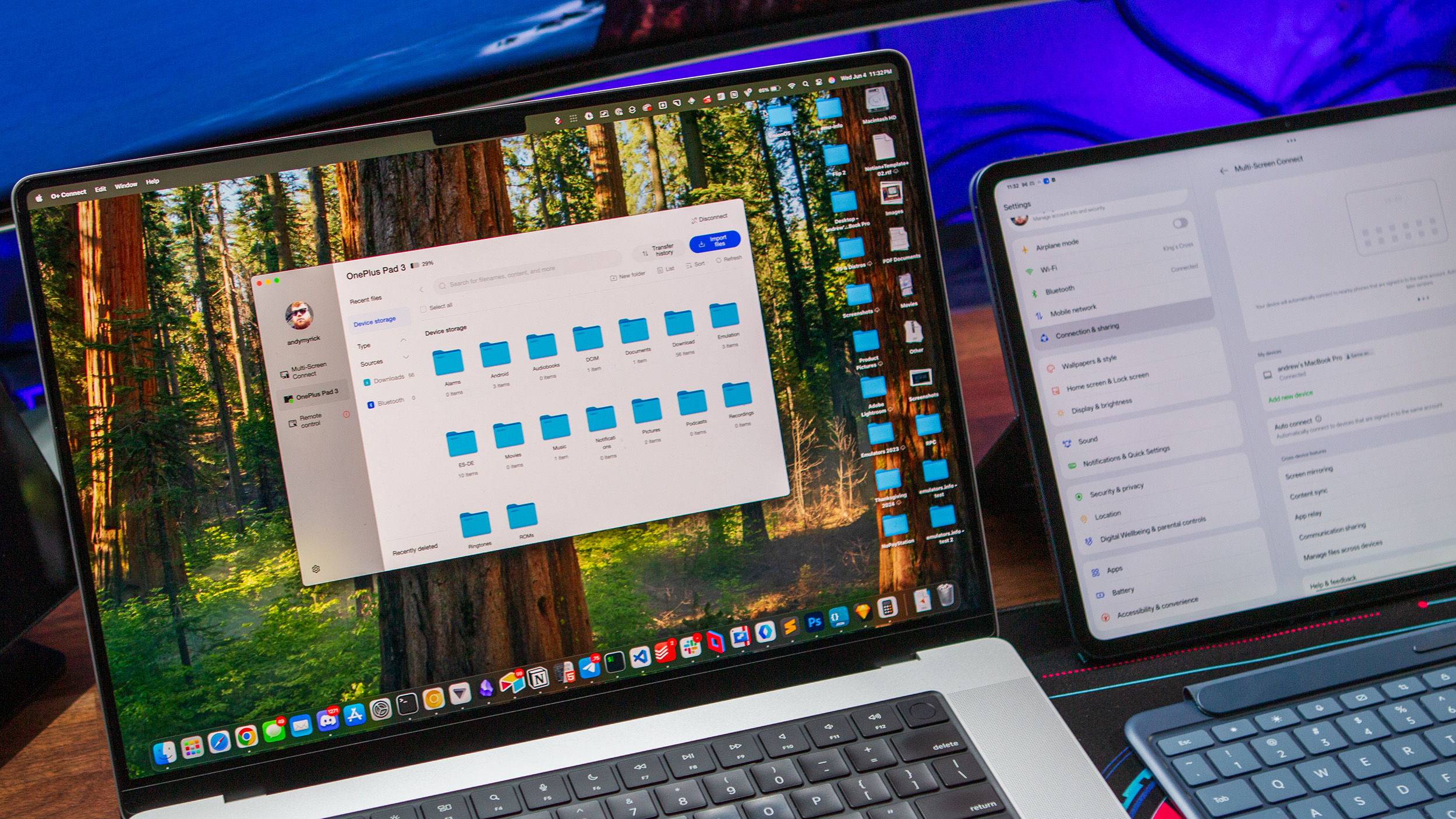
- O+ Connect appears to be primarily catered towards Apple devices.
- O+ Connect won't work at all with Windows computers, as the app fails to recognize and pair with the OnePlus Pad 3.
The last feature I wanted to touch on is O+ Connect, which is both absolutely wonderful and an absolute crapshoot. It isn't new or specific to the OnePlus Pad 3, as it initially launched in 2022, designed to bring an AirDrop-like experience between Oppo phones, tablets, and laptops.
When the Oppo Find N5 was released in February 2025, an update for O+ Connect enabled remote control of your Mac from the Find N5. Now, this functionality is here on the OnePlus Pad 3, again aiming to offer seamless integration between OnePlus or Oppo devices and Apple hardware.
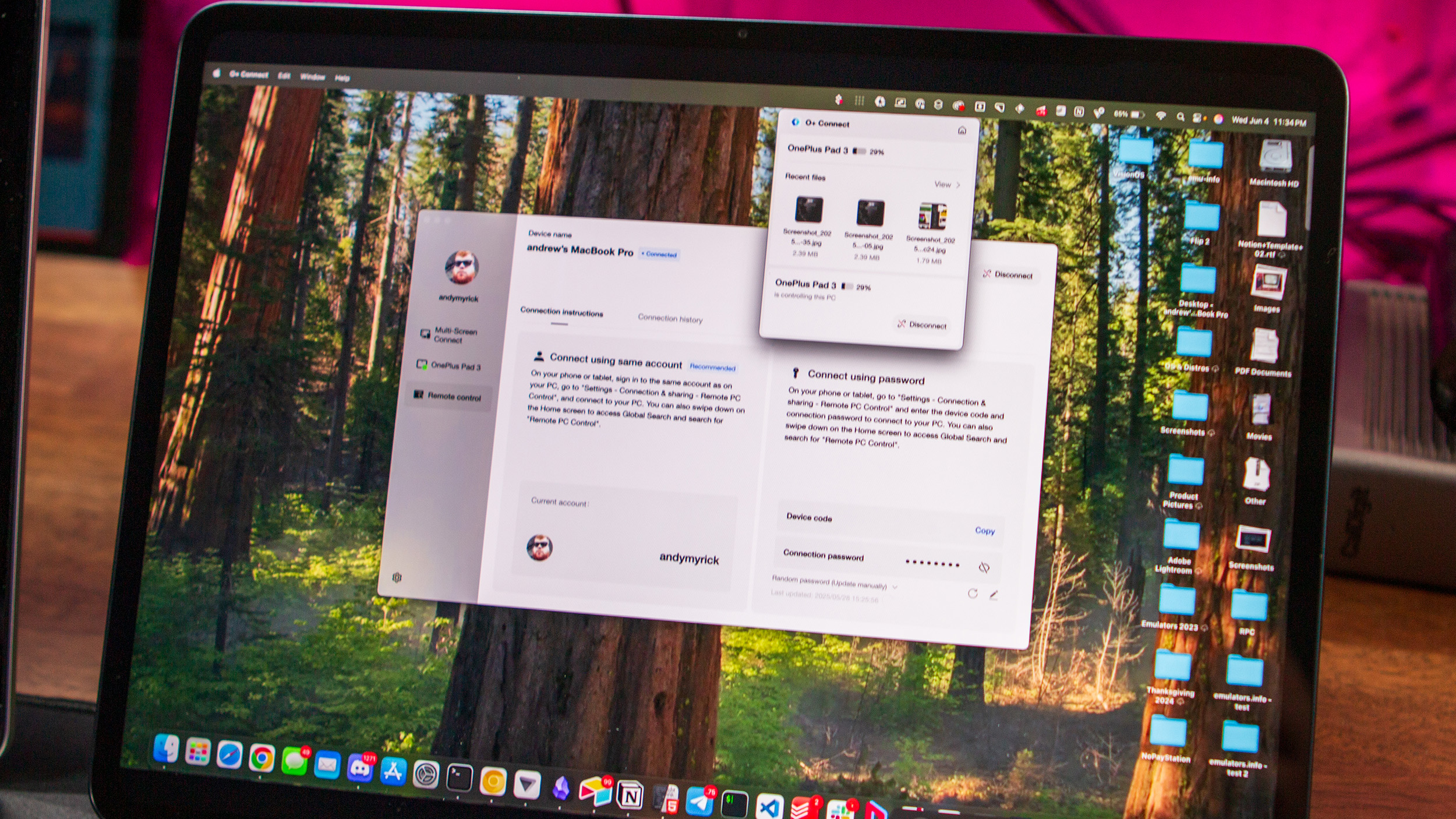
Initially, it wouldn't work for me at all, even after trying to update both the Pad 3 and my MacBook Pro. However, it turns out that the O+ Connect app itself needed to be updated, and since then, I haven't had any issues.
It feels a bit odd, simply because it's not a feature I expected to have. However, it's not all that different from using Parsec or another remote desktop client. Nevertheless, I was surprised at how good the latency was, even when using Photoshop on my Mac, from the OnePlus Pad 3 with the Stylo 2.
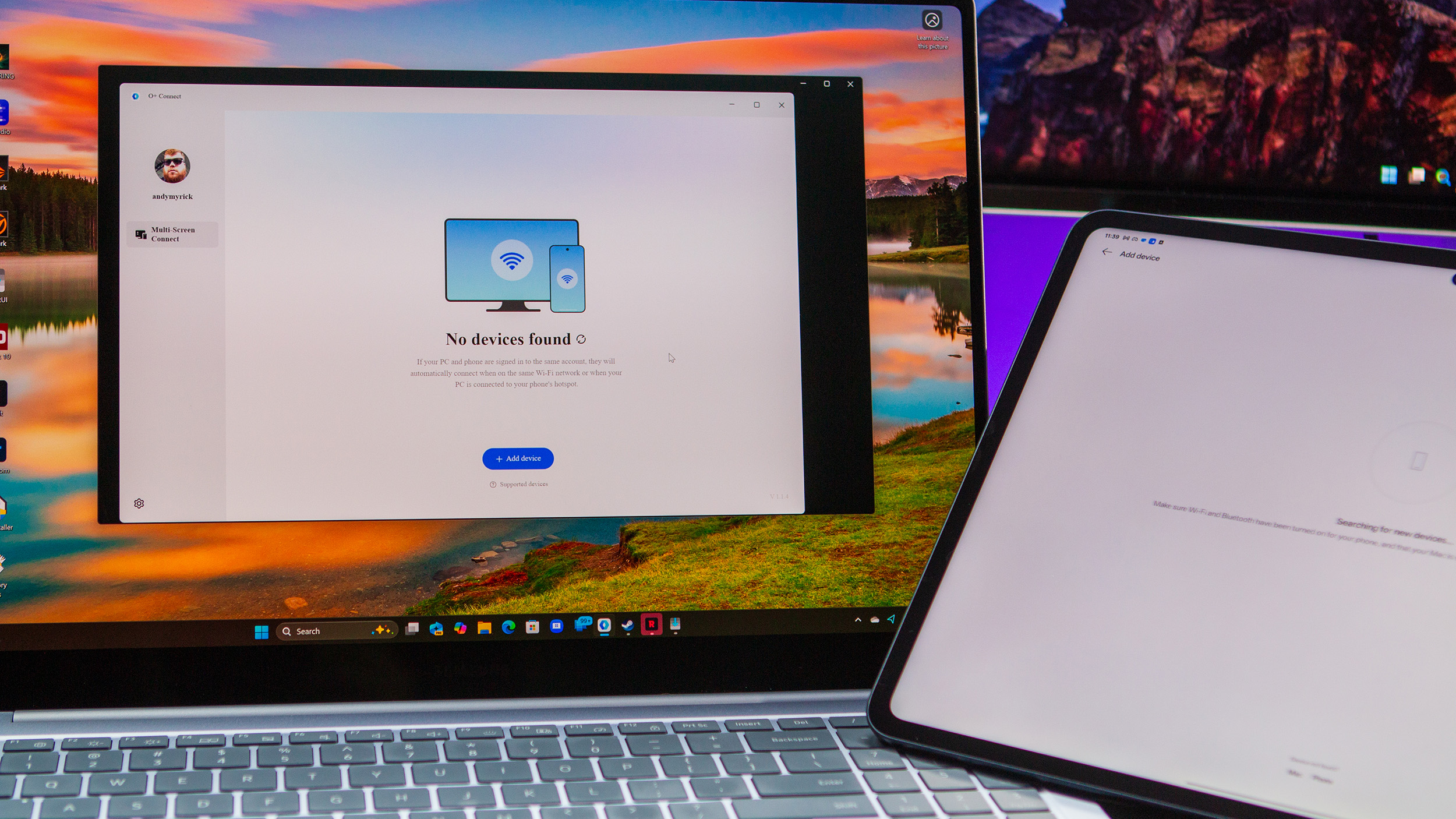
That's not the whole story, though. For whatever reason, and despite my attempts, I was unable to get O+ Connect to work between my desktop PC and tablet. I'm not talking about "Remote Control" access, which isn't currently available on Windows. Even just the Multi-Screen Connect functionality, which should at least allow me to transfer files back and forth, just wouldn't work.
I tried a completely different Windows computer, and still came up empty. Given that I spend most of my day on my Windows desktop, it's quite disappointing, to say the least. But hey, if you have a Mac, it'll probably work great!
OnePlus Pad 3: Competition
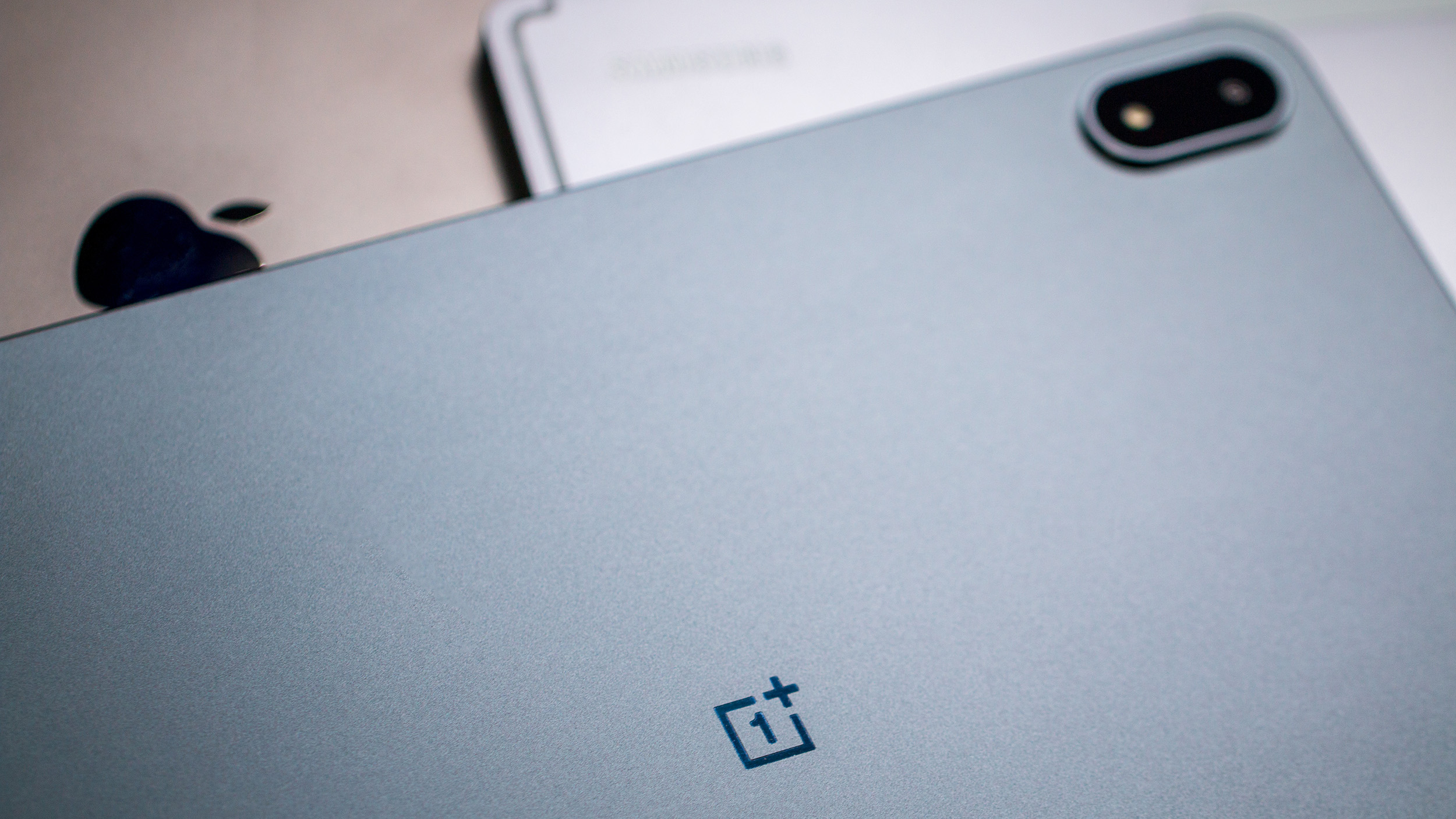
At the higher end of the tablet market, Samsung and Apple have stood alone for quite some time. However, it's time to include OnePlus in the mix thanks to the OnePlus Pad 3.
There are trade-offs to consider, no matter what flagship tablet you're looking at. Samsung's Galaxy Tab S10 lineup is comprised of just two models, and despite dropping Qualcomm, both are still more expensive than the Pad 3. On the other hand, Samsung offers the most software features of the bunch, including Galaxy AI and DeX Mode.
In terms of pure design, you can't deny that the iPad Pro looks the part. Unfortunately, cracks begin to form when it comes to the software, not because of the app ecosystem, but due to iPadOS itself. Not to mention that this is the most expensive tablet of the bunch for the base model.
OnePlus Pad 3: Should you buy it?
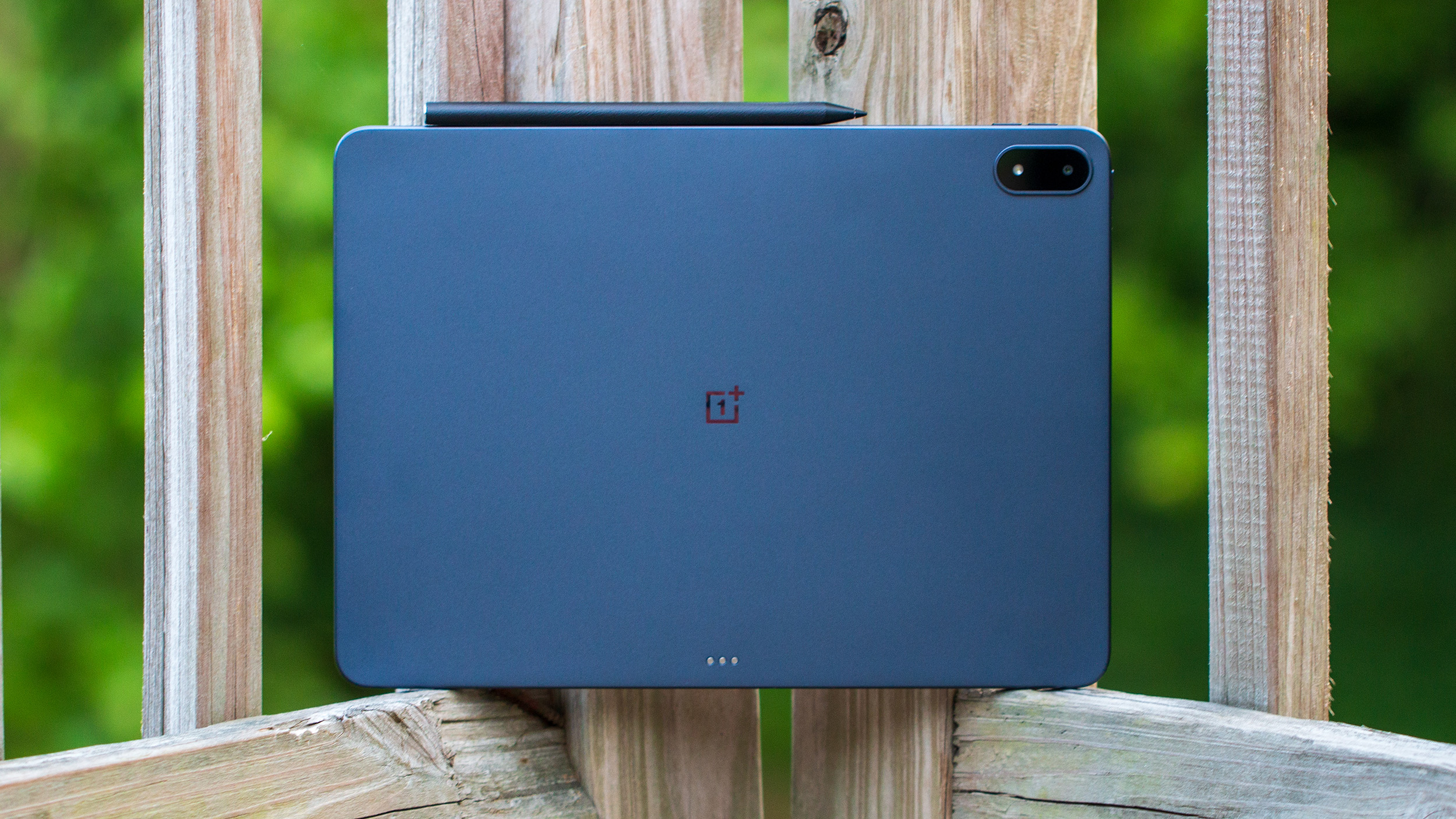
You should buy this if...
- You want the best flagship Android tablet.
- You suffer from PWM and need a tablet that isn't OLED.
- You want a device that has a few extra features, but doesn't try to do too much.
You shouldn't buy this if...
- You prefer an OLED display.
- You need a tablet with LTE or 5G connectivity.
- You want a tablet that has a dedicated Desktop Mode and don't want to wait.
The OnePlus Pad 3 really gets a lot of things right, as it's both performant and has a premium design. While there are a few quirks and frustrations, they aren't deal-breakers by any stretch.
I hope that Google rolls out Desktop Mode sooner rather than later, and that OnePlus jumps on that bandwagon as quickly as possible. But even without that, Open Canvas should be more than adequate for multitasking until it arrives.
For the first time in a while, the OnePlus Pad 3 is a tablet that I'd actually consider buying for myself, even with the iPad Pro and Galaxy Tab S10 Ultra already at my disposal. I firmly believe the Pad 3 is better than both, even if it may not seem that way on paper.
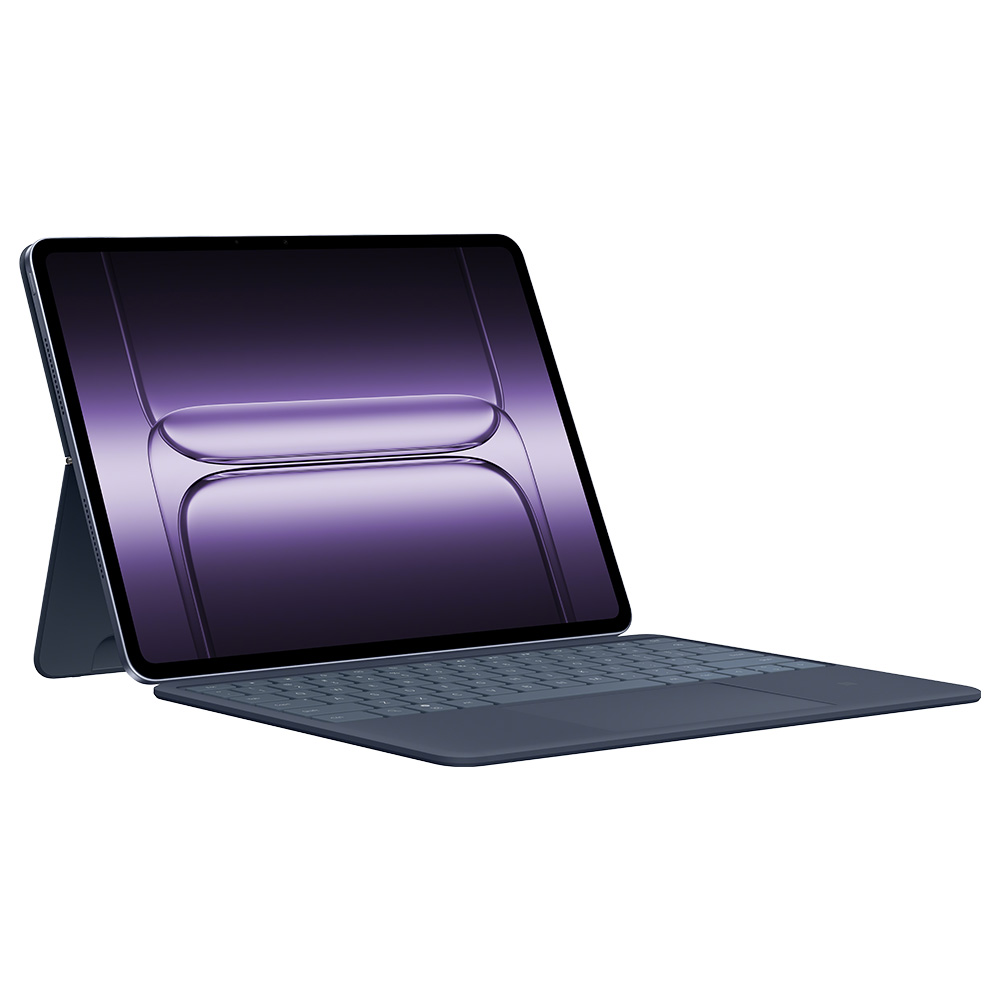
Swiss Army Knife
It might be missing a few features, while at least one just doesn't work, but that shouldn't detract from what the OnePlus Pad 3 brings to the table. OnePlus did a fantastic job implementing improvements that are worth upgrading from last year's model, while making this the tablet to beat in 2025.

Andrew Myrick is a Senior Editor at Android Central. He enjoys everything to do with technology, including tablets, smartphones, and everything in between. Perhaps his favorite past-time is collecting different headphones, even if they all end up in the same drawer.
You must confirm your public display name before commenting
Please logout and then login again, you will then be prompted to enter your display name.

